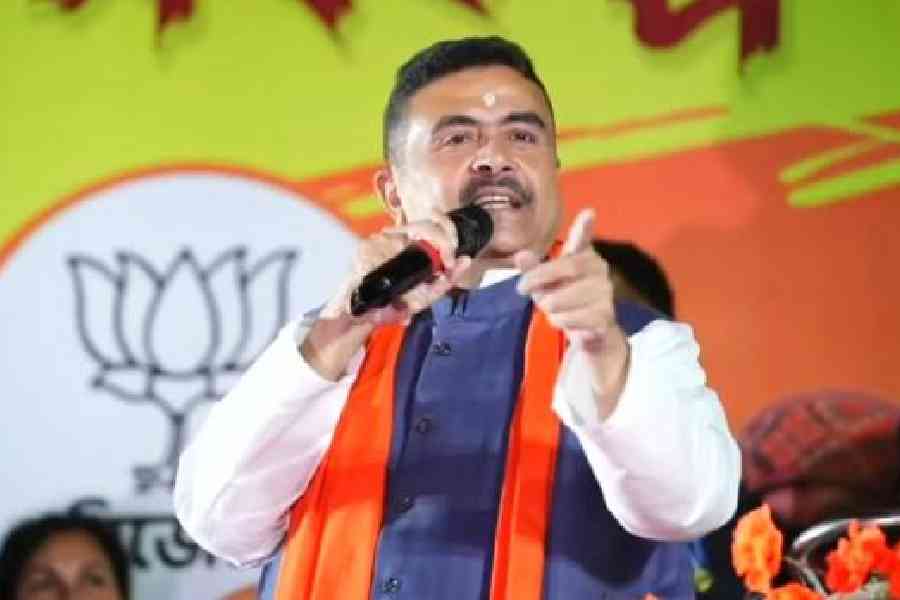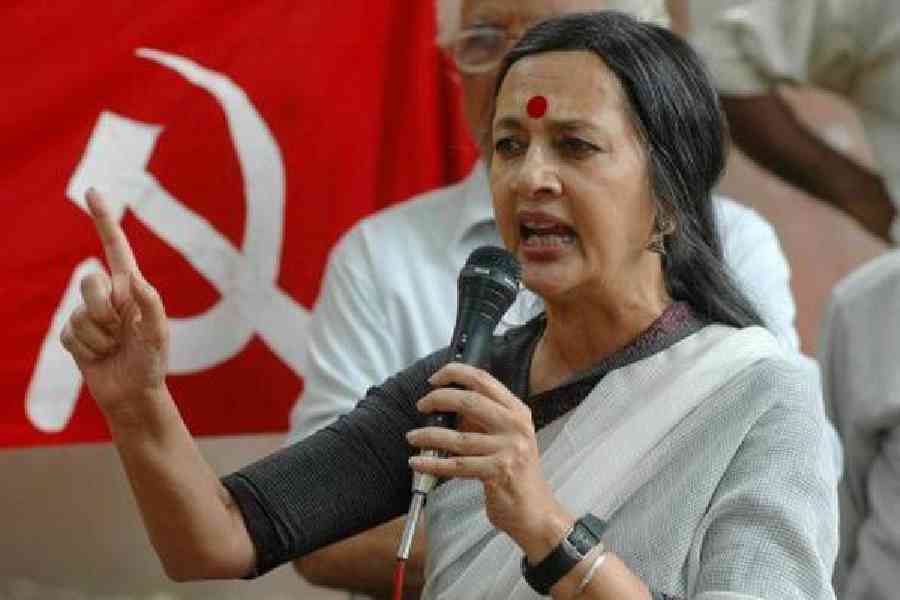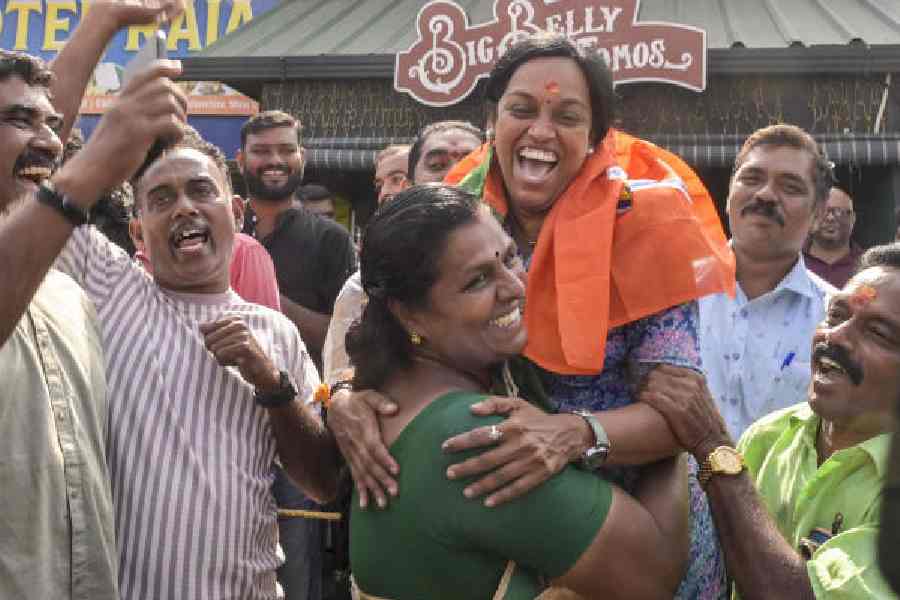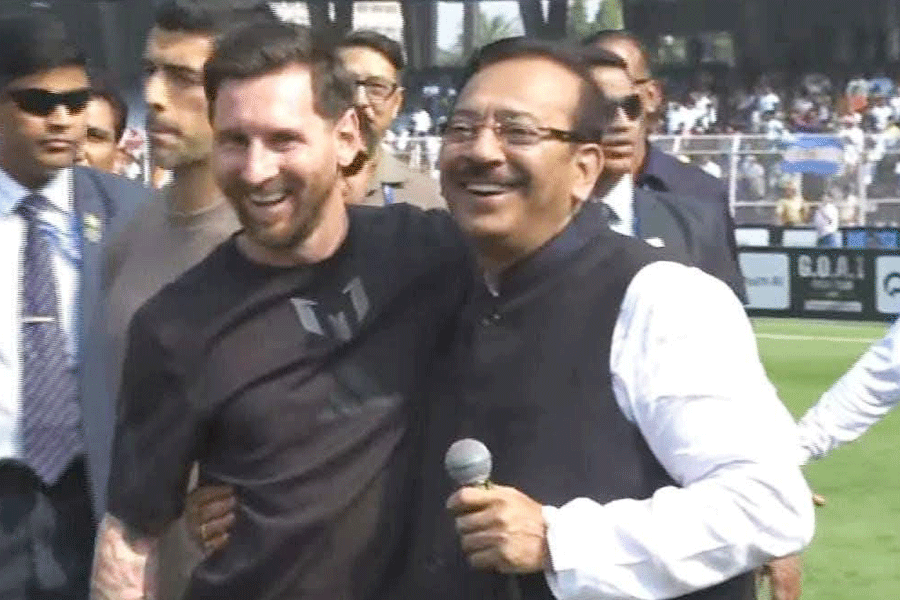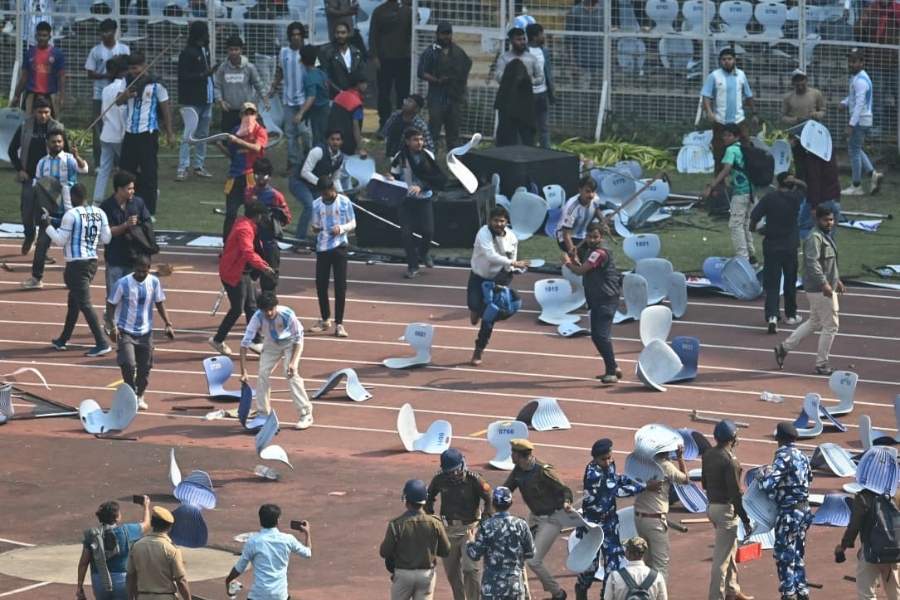 |
The recent news item that the ministry of human resource development has decided to enforce a change in the Indian institute of technology joint entrance examination system, which for the past half-a-century has been responsible for preparing a national merit list that constituted the criterion for admission, to a pattern of the MHRD’s present fancy, is alarming. The core decision seems to be: diminish drastically the weight of the present IIT-JEE, and supplement/complement it with high school/board examination results. Related news items also indicate that this ruling was handed out despite five of the seven IIT senates communicating written dissent.
In the first place, the primary reason for the establishment of the JEE system was the recognition that in this very large country with a multitude of school boards and their non-uniform curricula and examination standards, it would be inappropriate to go by board grades because that would yield unreliable, undesirable results — we would not get the best students. And, such a course, therefore, would be unfair both to the aspiring students and to the institutions they would be entering. A single post-high school examination with a well-defined syllabus and a centrally administered paper-setting and grading system was thought to be the best alternative, and the adoption of that has served very well the students, the institutes, and the country, for the past 50 years.
How well has that served? The first IIT was established in 1950 in the East; four others were additionally established in other parts of the country by the Institutes of Technology Act, 1961, marking those institutions as “institutions of national importance”. The JEE came into existence at that time. Whereas the course programmes of those five IITs differed considerably from one another, driven by the efforts of dedicated faculty and assisted by the matching endeavour of students of the highest quality, those five institutions soared and produced world-class graduates, of whom many went on to become leaders in academia as well as in the corporate world. IIT became a brand name. Its course programme and pattern of teaching were emulated; these permeated into engineering colleges, even state-level JEEs were established to cater to the needs of state engineering colleges. Two established engineering colleges of high repute were added to the IIT system. And of late, the government, presumably impressed by what the first set of IITs has delivered, has embarked on making multiple copies of the IITs.
Anyone with some direct experience with the IIT-JEE from any side is well aware of its capabilities as well as its limitations. An intrinsic limitation of the examination is that the subject material on which questions are based remains unvarying, whereas every year it is desirable that an entirely different set of questions be presented, so that the in-depth understanding of the examinees of the subjects is tested more than their familiarity with routine questions and answers. This is a challenging task under any condition, but with the passage of time, it has become more demanding. This was not a problem in the early years of the JEE; it was possible then to frame a wide range of new and quality questions that tested students’ understanding of the subjects and could also probe their originality. At that time, the number of examinees was relatively fewer; it was possible to do manual grading; there could be an adequate number of questions where they were required to present their approach to solving a problem besides presenting a final answer. The upshot was finding, year after year, superb groups of students who were both steeped in the basics of the subjects and also possessors of brilliant minds.
With the increase in the number of examinees, computer grading had to be introduced; the number of questions that used to require the students to express their ways of solving a problem had to be cut down. A major consequence of this was reduced scope in assessing the quality of intellect; and, as a result, the truly talented could not always be distinguished from the rest. The standard dropped. The naturally better student was put at a relative disadvantage. Grading by a mere final answer, as is the hallmark in computer grading, does not pick out the exceptional ones. If the purpose is to identify the most talented students, the questions must have a component that requires the student to express his/her path to the solution of a problem and thus bring out his/her quality of thinking. Growing deficiencies such as this were realized and have been subjects of continual discussion in the IITs. The faculty was concerned because any compromise in the quality of entering students adversely affected all academic programmes of the institutes. It is a good guess that it is for this reason that the faculty wants to retain the option of questions requiring the examinees to show their method of obtaining a solution and does not want to fall back entirely on multiple choice questions. Even though the former course would mean substantially more work for them in paper-setting and in evaluation. With all multiple-choice type questions, the apprehension probably is that the quality of entering students will drop further.
At the present juncture, one debated issue is the decision to slash the contribution of the JEE score and, in lieu of that, to bring in high school performance. The other is how much the ministry is overstepping in seemingly dictating the modus operandi of admission when the academic senate of each institute seems to be the statutory authority on all academic procedures.
If, in spite of the written dissent from five out of the seven senates, the MHRD has gone ahead with the ruling when it does not seem to have the authority to decide unilaterally, it has surely overstepped. However, this is not the first time that the ministry is trying to impose its own views. It has done so in the past. Some will remember the slashing of the five-year programme to a four-year programme, in which it summarily overruled the contrary views of the faculty. Whether the MHRD’s present ruling is simply an emphatic expression of what it thinks of as the provider’s prerogative or it is, with good intention but with inadequate understanding, merely the chief’s choice — we need not argue about that over here. It is basically a legal matter, procedures to resolve such issues are well known. However, the other issue, that is, whether or not school performance should be included, and how and to what extent, is a major academic question and that calls for discussion.
To start with: what is so bad about including the school performance of the candidates? Is it not done even in the most advanced countries? The answer is: true, there is nothing intrinsically bad — in fact, it is quite desirable. In the best academic institutions of the world it is routinely done. Except that it is not done mechanically: individuals scrutinize records of students, in which besides students’ class and final examination performances, teachers’ critical views and recommendations — both valuable — also count. Any machine handling of school performance is inherently handicapped in this regard; it leaves out all the latter inputs which in some ways provide important parity checks.
The crucial question to ask here is: has our school education system now become sufficiently dependable that it can replace a centralized examination system for the IITs that has found good students for the past fifty years? If the answer is yes, then the IIT-JEE should be scrapped right away and the school performance be taken entirely as the sole criterion for admission. However, if the answer is no, then there is no case yet to include such results even in part to select the best students, because the non-uniformity flaw sits as potentially deleteriously in the part — and would vitiate the selection process — just as much as it would do in the former. Involved statistical tinkering, even with the best intention of correcting non-uniformities in the present school education system, or including additional psychometric tests would introduce many inadequately tested variables that one should not depend upon.
So, how to move forward meaningfully? There has been a suggestion to include high school performance as a cut-off for eligibility — not to be used in any way for ranking — which is sensible. What the precise percentile value of this cut-off should be is a matter of detail; only that it should be set at a point so that adequate attention to school-based work is encouraged. It should be tried as an initial step until there are uniform board examinations in the country. The first level of the examination — the screening examination — because it has to handle a very large number of aspirants — necessarily has to be computer gradable, and it would mean adoption of multiple choice questions. After this screening, the final or advanced examination, the only one which should be used for ranking, must test, besides the students’ problem-solving abilities, their in-depth understanding of the subjects and quality of thinking. The goal is to identify and train the most talented students in the country.
Whether good sense will return to the MHRD and it will reconsider its decision is hard to predict, because one feels that had the right perception existed, the present state would not have been reached. One still hopes against hope that rectification will be possible. Because compromising standards is easy, sustaining and raising them are difficult.


